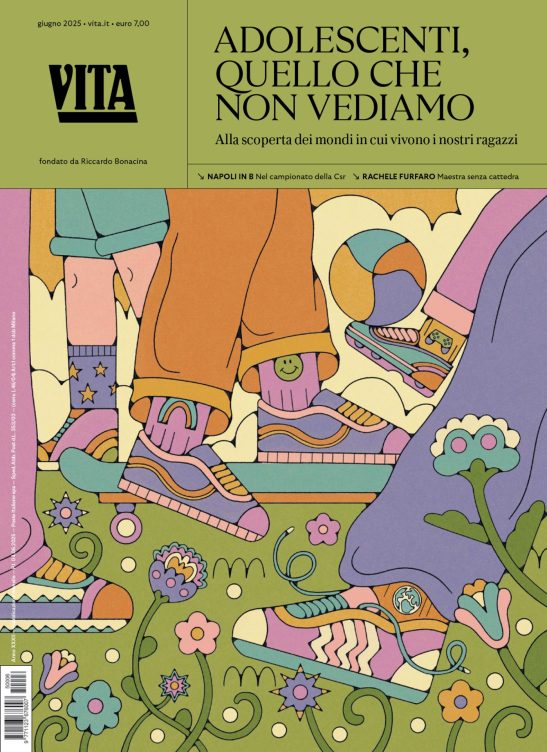Africa: Images, not words, for a safer place
A Dutch graphic designer has revolutionised the humanitarian road map. How? Through a series of pictograms that help people find their way in humanitarian refugee camps
di Staff
Any one who visited what at the time had been called the largest refugee camp in the world, Kalma Camp,Darfur, in November 2006 will remember how vast it was, and how difficult it was to find ones way around. The camp looked like an African shanty town, except that it was covered with blue and white plastic UNHCR tents, easily identified because of the UN?s well know refugee agency logo. Kalma Camp hosted more than 200, 000 refugees at the time. No one, or almost, speaks English. Together with the uniformity of the landscape, the language barriers make it almost impossible to take one?s bearings; finding the Meeting Point, the information centre for all the international organisations present in the Camp, is a mission impossible.
If Gert Dumbar, the genius Dutch designer, had decided to revolutionise humanitarian communications ten years earlier there would have been no chance getting lost in Kalma Camp. No, because his idea, startling in its simplicity, takes the form of more than 50cm x 30cm metallic picture signs to help people find their way in unknown territory. They are truly incredible and can be viewed at Utrecht?s Biennale for Social Design in the A Safe Place exhibition. Here, Dumbar?s blue square that encloses four white arrows pointing towards a white dot indicate the Meeting point; the white syringe painted on a red background tell us where the vaccinations are, and a bandaged hand pinpoints where first aid is carried out.
Gert Dumbar?s revolution springs from the idea behind a picture we all know well: toilets. It is a simple concept, but it allows us all, regardless of where we are in the world, to intuitively know where to find the toilets and which door suits our gender. All Dumbar has done, is apply this idea to areas of the world that are devastated by ecological and humanitarian disasters. And at the heart of this revolution are two words: visual communication.
Dumbar?s spiritual fathers are also on display at the Biennale. Nearly a century ago Otto Neurath, a sociologist, and Gerd Arnts, a graphic designer, joined forces to create the first pictograms (eventually they would make four thousand of them) and launched a motto that no designer has ever surpassed: ?Words (that not every one can read) divide, while images (that everyone can see) unite?.
So it is not a coincidence that the exhibition dedicated to Neurath & Arntz is called Lovely Language: Words divide, images unite. They lived through times that were marked by the industrial revolution, where new transport means (cars, trains) and communication mediums (newspapers, radio) would soon accelerate the encounter of peoples, of different cultures. A hundred years later, all Dumbar is doing is adapting this same philosophy to the needs of people who are affected by natural disasters.
Si può usare la Carta docente per abbonarsi a VITA?
Certo che sì! Basta emettere un buono sulla piattaforma del ministero del valore dell’abbonamento che si intende acquistare (1 anno carta + digital a 80€ o 1 anno digital a 60€) e inviarci il codice del buono a abbonamenti@vita.it
